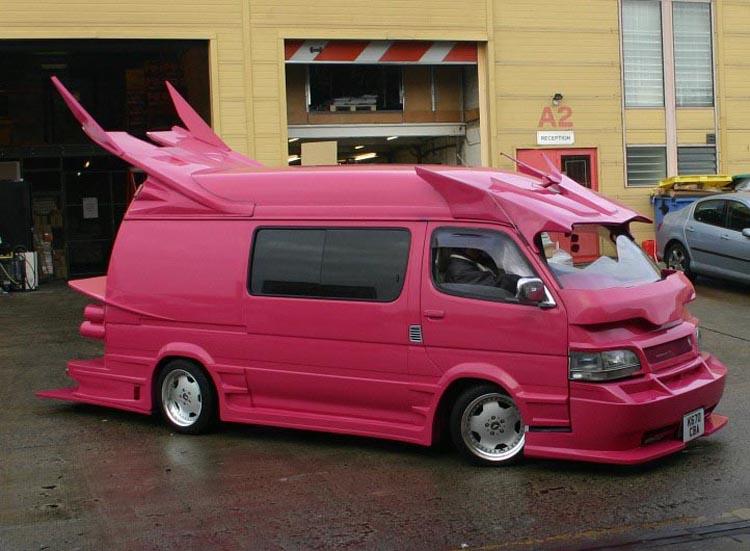
Laws Regarding Window Tinting
The process of window tinting involves the application of a film onto the surface of the window glass which reduces the amount of light that can pass through the glass. Some films not only reduce the amount of light that can pass through the window, but they can prevent the glass from shattering into millions of pieces too. There is even a ceramic based film which only reflects the ultraviolet light, allowing the rest of the visible light spectrum to pass through.
Most cars when manufactured have some tinting added to their windows at the factory. However, in some locations this factory tinting is not sufficient enough for many car owners. As a result, many car owners opt to add more tinting to their car's windows. While the factory tinting conforms to state and federal laws, many aftermarket window tints may not. It is therefore important to know and understand the laws regarding window tinting.
The laws regarding window tinting are associated with the levels of visible light that can pass through the window from either direction. This is usually expressed in a percentage of visible light that is blocked by the film. While some locations may allow as much as 70% of the visible light to be blocked, other locations make it illegal for anything over 30%. In many locations, the use of limo tinting or reflective tinting is also illegal.
In most locations, the amount of tinting allowed on the windshield and front windows is generally less than the limits of the rear windows of the car. This is why limousines can have such dark tinting in the rear passenger compartment as compared to the front click over here now of the vehicle. Reflective tinting however, creates a serious road hazard as it can reflect the sun and headlights and even cause accidents. At the same time, there may also be limitations on the colors of tinting that you are allowed to use in your area.
It is important that before you decide to have your car windows tinted, that you contact your local department of
The process of window tinting involves the application of a film onto the surface of the window glass which reduces the amount of light that can pass through the glass. Some films not only reduce the amount of light that can pass through the window, but they can prevent the glass from shattering into millions of pieces too. There is even a ceramic based film which only reflects the ultraviolet light, allowing the rest of the visible light spectrum to pass through.
Most cars when manufactured have some tinting added to their windows at the factory. However, in some locations this factory tinting is not sufficient enough for many car owners. As a result, many car owners opt to add more tinting to their car's windows. While the factory tinting conforms to state and federal laws, many aftermarket window tints may not. It is therefore important to know and understand the laws regarding window tinting.
The laws regarding window tinting are associated with the levels of visible light that can pass through the window from either direction. This is usually expressed in a percentage of visible light that is blocked by the film. While some locations may allow as much as 70% of the visible light to be blocked, other locations make it illegal for anything over 30%. In many locations, the use of limo tinting or reflective tinting is also illegal.
In most locations, the amount of tinting allowed on the windshield and front windows is generally less than the limits of the rear windows of the car. This is why limousines can have such dark tinting in the rear passenger compartment as compared to the front of the vehicle. Reflective tinting however, creates a serious road hazard as it can reflect the sun and headlights and even cause accidents. At the same time, there may also be limitations on the colors of tinting that you are allowed to use in your area.
It is important that before you decide to have your car windows tinted, that you contact your local department of

